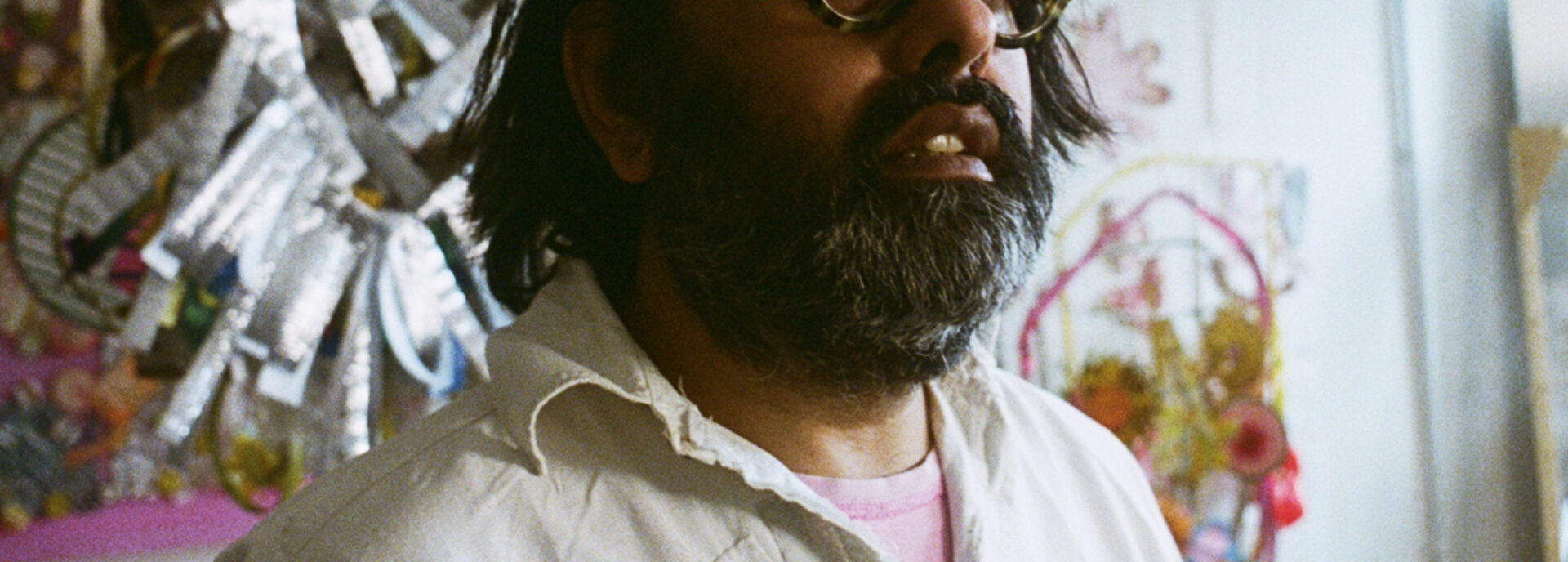
Bow Arts hears from artist Liaqat Rasul about working with collage, and the crucial social themes of his art practice.
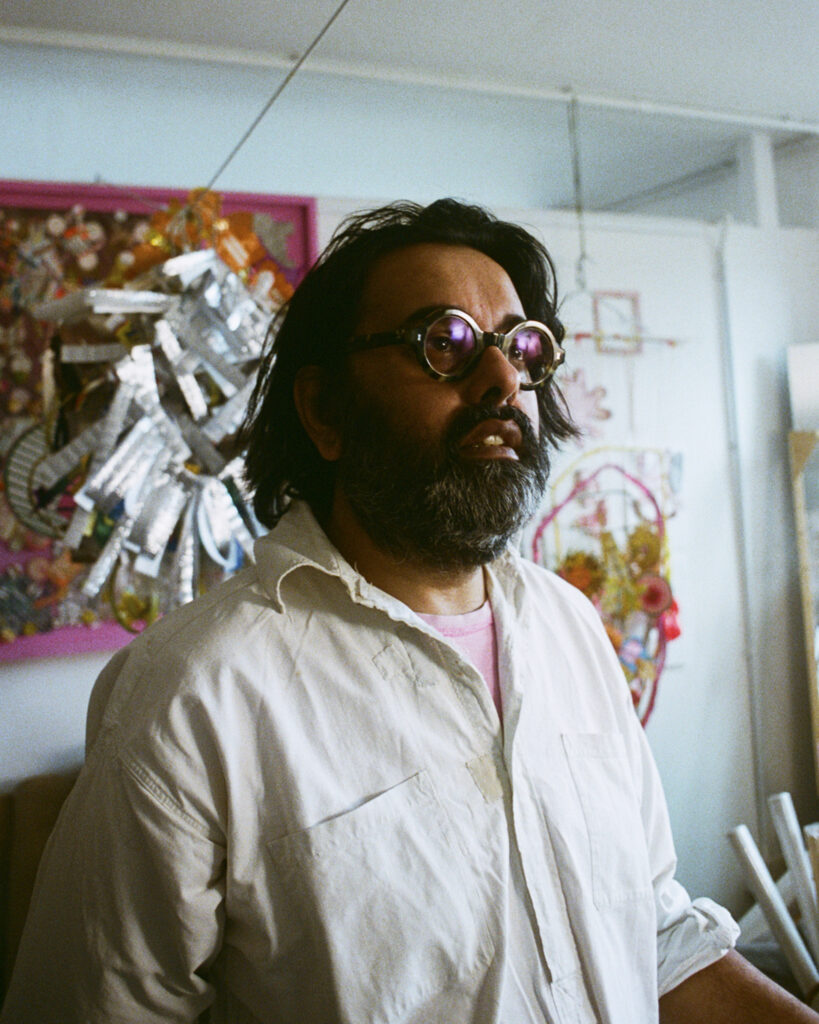

Introduce yourself and tell us a little about your practice?
I am Liaqat Rasul, and I am a collage artist. I work in 2D and 3D forms. I like the feel of paper in its various weights. I like hoarding bits of paper, packaging paper, ephemera, old letters, and stamps. I have got this obsession with paper, and I combine that with thick marker pens using low-tech techniques like stapling, using sellotape, sewing, and wrapping materials to create a language in my practice.
What are you working on at the moment?
My first solo show ‘Nau Nau Doh Chaar’ curated by Lewis Dalton Gilbert at Ty Pawb Gallery In North Wales, a two and half year project.

What’s the drive/motivation behind your work?
My art practice intertwines the intricate themes of multiculturalism, geopolitics, and mental health, creating a visual representation that invites viewers to explore these complex and interconnected issues. By incorporating elements of cartography, my work often resembles maps, with territory and frustration as recurring motifs. The therapeutic act of creating art allows me to process and understand these significant societal topics, while the pervasive tension in today’s media landscape seeps into my art, reflecting the subconscious influence of current events. Through my work, I emphasize the importance of recognizing and valuing diverse cultural identities, exploring themes of identity and cultural exchange, and examining how globalization impacts these elements.
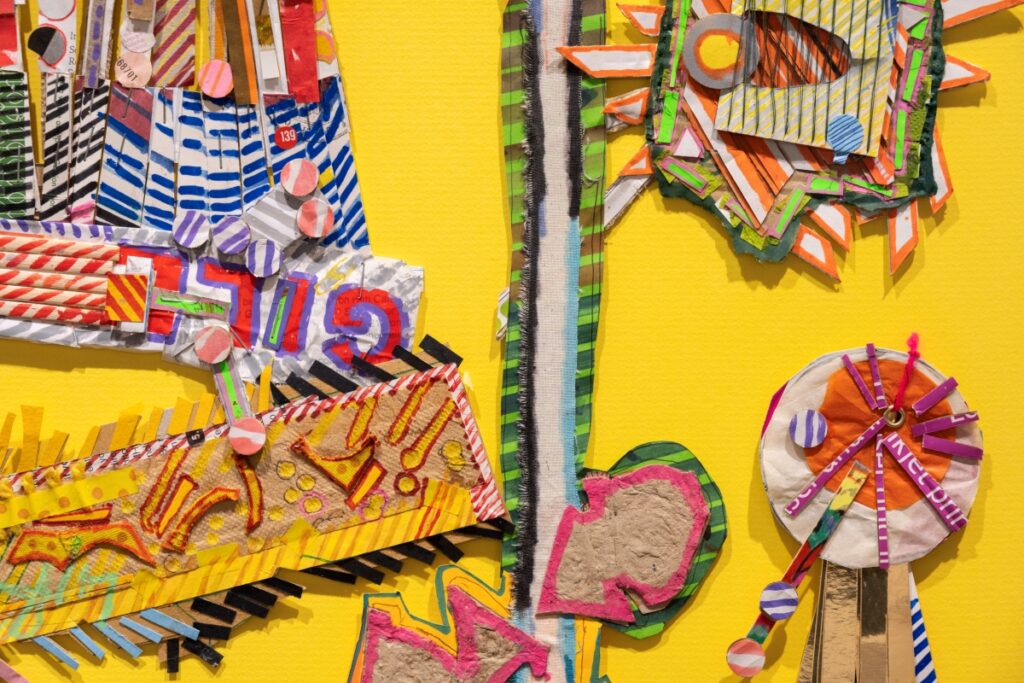
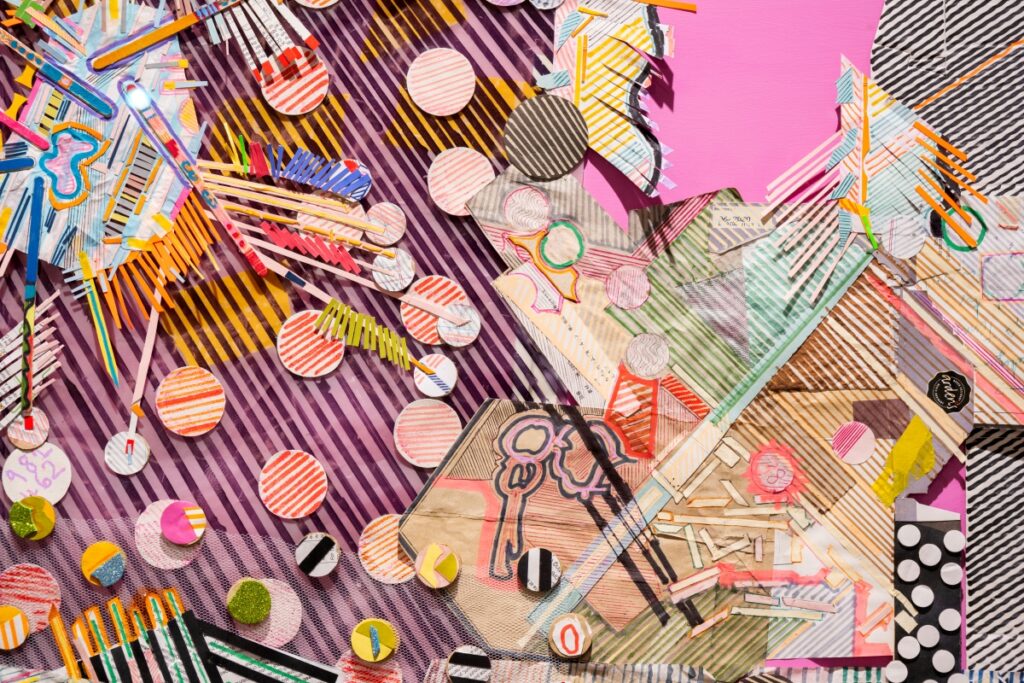
Are you interested in any specific themes or modern day issues?
In addition to highlighting multiculturalism, my art sheds light on the power dynamics and conflicts within geopolitical landscapes, exploring their effects on personal and collective experiences. By addressing issues such as territorial disputes, migration, and policy decisions, I aim to raise awareness and encourage reflection on the broader implications of these actions. Mental health is a crucial aspect of my practice, as I strive to destigmatize conversations around it and promote well-being. By tackling controversial and sensitive topics, my art fosters dialogue and reflection, encouraging empathy and understanding. Ultimately, my work seeks to inspire viewers to engage with and reconsider their perspectives on these critical themes, fostering change and greater awareness.
Who are your artistic influences/inspirations?
Thomas J. Price. His public statue sculptures challenge traditional representations, as many past statues have depicted slave traders and predominantly white figures, lacking diversity, particularly the representation of Black and ethnic teenagers. Price prompts us to rethink the significance of statues in society and consider what they should look like in the future. His work encourages critical reflection on representation and our collective values.
How has having an affordable studio impacted your practice/what is it you like about having your studio?
It’s great! I love it. I’m really lucky and appreciative of the studio space. I’ve never had a shared studio situation before, so I think that’s really neat. I’m quite sort of solitary. I just get on with my work. I also just love the fact it’s white and airy and clean.
What are the challenges you face as an artist/designer/maker?
Applying for numerous opportunities and facing continuous rejection is a brutal process. As someone with dyslexia, I have learning difficulties in writing and reading, which adds to the challenge. Despite this, I strive to put my best foot forward and remain optimistic. The arts need real investment, and I hope the new government will increase the budget for social care and the arts.
Where can we find your work?
‘Nau Nau Doh Chaar’, a retrospective of my 25-year career, is on at Ty Pawb, Wrexham, North Wales untill the 2nd November.
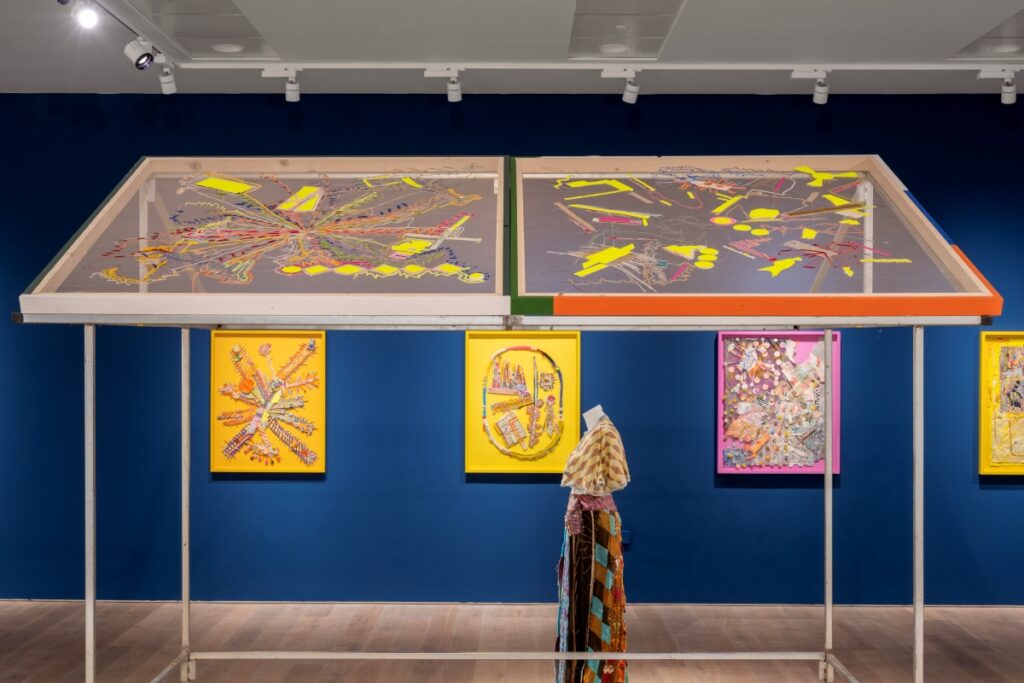
‘WARNING’ This project reflects on the industry’s effect on the Global South and labor inequalities, exemplified by the 2013 Rana Plaza collapse in Dhaka, Bangladesh, which killed 1,134 people and injured approximately 2,500. This tragic event, linked to fast fashion brands, underscores the urgent need for ethical reforms.
Cliftonville Gallery, 231 Northdown Rd, Margate, CT9 2PJ, Kent, UK
2nd – 10th August
This exhbition will be on during Margate Pride.
Read more about Liaqat’s work in The Guardian or find out more on Instagram.
Bio
Liaqat Rasul is a gay, Welsh, dyslexic Pakistani artist based in London. He studied fashion and spent a year in the industry, working and studying in New Delhi, India. His talent caught the attention of Liberty in London, who acquired his graduating collection propelling Rasul to launch his womenswear label Ghulam Sakina. Working on his brand for the next decade, he later branched out into the realms of 2D and 3D collage and sculpture. Notably, his mobile faces have emerged as a hallmark of his artistic practice. Serving as poignant stories of mental health struggles, his work is a visual thought process inspired by multiculturality. Drawing inspiration from the subtleties of human interaction, as well as the formidable battles against mental health issues, Rasul embraces the transformative power of vulnerability – an openness that fosters empathy and understanding. On first viewing, his work assumes a cartographic form, composed of eclectic materials ranging from old envelopes to stamped tickets, from wood to leftover yarn. These artefacts of daily life, marked by the scratches of biros and the bold strokes of felt-tip pens, are united through PVA glue and Sellotape. In this resulting tableau, awash with bold hues and infused with real-world experiences, we find ourselves perched amidst a multicultural landscape, where diverse voices, beliefs, and ideas converge. Tactical sensations intertwine with analogue expressions, inviting us to engage with our surroundings on a deeper level. Encouraging us to embrace the bonds of our support networks, he reminds us that in our shared journey through life, we are all interconnected and in need of one another.